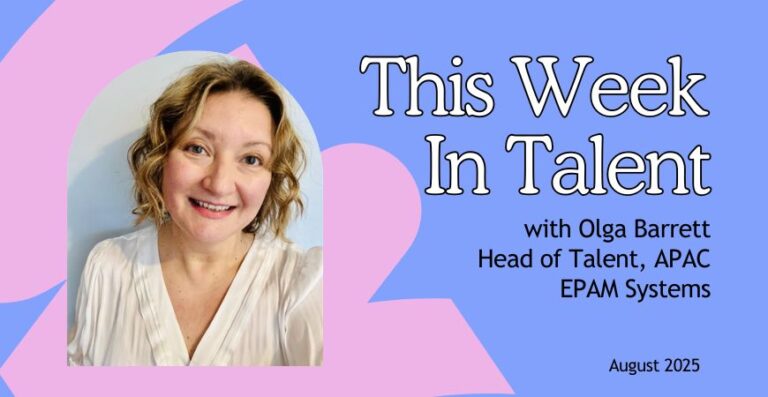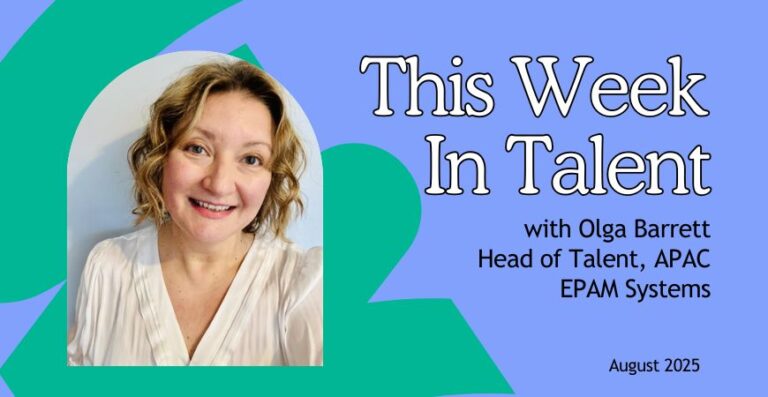Hello everyone, thrilled to be your Editor for November!
I’m in Week 6 of my new role, and my recent experience on the other side of the table, as a candidate, has really made me think and reflect on what Candidate Experience now means to me. When did I go from a passive candidate in my recruitment process to an active, engaged candidate? What were the triggers that led me to accept?
Through all the curveballs from the (hated term) pandemic, and now a looming recession, I now empathise with candidates struggling to make life-defining decisions for themselves and their families. Grappled with the conclusion that it is all a calculated risk mitigated by the recruitment process and displays of values and commitments by organisations. It certainly gives a different perspective and I now know that the recipe of synergy- ‘perfect alignment’ of interviews, interviewers and company journey were how I made decision as I had the emotional attachment to the role through the process.
As we break into planning for 2023 I am curious to see how we, as TA folk, will adapt to our ‘new normal’, and if the magnified attention to candidate experience will continue be amplified as it has been over the past 2 years?
Bye for now, Esha
Engineering job vacancies up 176 per cent, while skilled migrants feel overlooked by employers – ABC News
As borders open and vacancies are up 176%, and Australia’s engineering sector is grappling with a skilled worker shortage, why, despite having their qualifications recognised in Australia, are migrants are less likely to find jobs?
The employment perks that work (and the ones that don’t) (afr.com)
Shifting the dial from tokenist offerings, to the need for organisations to measure the depth of impact of their benefits and commitments to their employees.
HR Magazine – Banking on good intentions: Monzo people experience director, Tara Ryan
How Monzo is tackling the stigma of Fintech and employee experience through ‘redefining what a responsible employers’ means. How they have transformed an engaged workforce through commitments and not ping pong tables….
Leaders on the verge of burnout without support | theHRD (thehrdirector.com)
In the struggle to retain and attract staff with the tightest candidate market most of us have experienced , do leaders have the tools and support to preserver?
Addressing employee burnout: Are you solving the right problem? | McKinsey
Some positive after-effects of the pandemic include a open approach to overall wellbeing and mental health. As these are now addressed as a top priority, have we stopped looking at the why (i.e. factors that affect employees), and is this now a reactive approach to a lack of change in our environments?
Uncover the drivers that attract candidates to a role
Attracting top talent can be complex. Understanding the factors candidates care about can make it simpler – and give you a competitive edge. SEEK’s Laws Of Attraction is an interactive data tool designed to help you uncover the drivers that attract candidates to a role.
Keen to take over our This Week in Talent column? The ATC team wants to hear from you.








